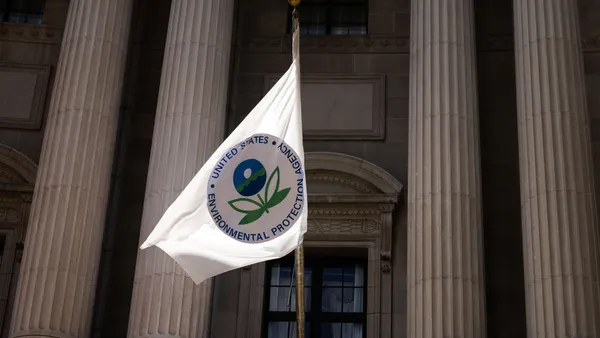Nearly 30% of utilities responding to a survey said they have increased their carbon-free energy supply by 10 percentage points or more from 2018 to 2021, with most companies reporting they’ve expanded emissions reduction targets, according to a recent industry report.
The Smart Electric Power Alliance’s “2023 Utility Transformation Profile” said 66% of utilities that responded reported an increase in carbon-free retail supply since 2018. No change in carbon-free supply was reported by 19% of respondents and 18% said they’re supplying less carbon-free energy.
“The utility industry’s transition to carbon-free energy is uneven,” the report said.
SEPA said 63 utilities, representing about one-third of electric customers in 29 states, completed the survey. When including partially completed surveys, the number rose to 118, representing 51% of electric customers in 41 states. Most of the 118 utilities are investor-owned, with public power utilities and distribution cooperatives also participating.
Utilities have set different carbon-reduction targets that include net-zero, carbon-neutral, carbon-free, greenhouse gas-free and relative emissions reduction. The target type indicates what a utility will do to decarbonize. For example, a 100% renewable energy target does not include nuclear energy and a net-zero target will use offsetting, such as carbon sequestration or carbon credit trading, the report said.
The study said 62% of respondents have developed a publicly available action plan to support a carbon-reduction target and 65% have incorporated at least one interim target in their goals.
In addition, three-quarters of U.S. electric customer accounts are served by a utility with a 100% carbon reduction target or by a utility owned by a parent company that has set that target.
But just 59% of respondents have established a plan to facilitate electric vehicle deployment, according to the report.
Utilities are assessing the impact of climate change on their operations, adapting to a changing climate to minimize harmful effects and developing climate-resilience strategies to specify investment needs, according to the study.
Many elements of the energy transition “put upward pressure on rates,” the report said. With sharply higher costs for energy, utilities can provide affordable energy by using a combination of short-term bill assistance and management programs that are offered by 87% of utilities participating in the survey, the report said.
In addition, 64% of utilities in the survey offer energy-efficiency programs.
To reach an “equitable, carbon-free energy system” utilities must assess and promote equity in planning for the transition. However, 58% of respondents said they have not assessed energy equity as part of generation, transmission or distribution planning.
Utilities also report interconnection and transmission bottlenecks on new renewable energy projects. As more renewable and storage systems are interconnected, the U.S. will need to double or triple transmission capacity to accommodate those resources and provide 100% clean electricity by 2035, the report said.
To help reach that goal, the Inflation Reduction Act will provide nearly $3 billion in federal funding for transmission projects.















